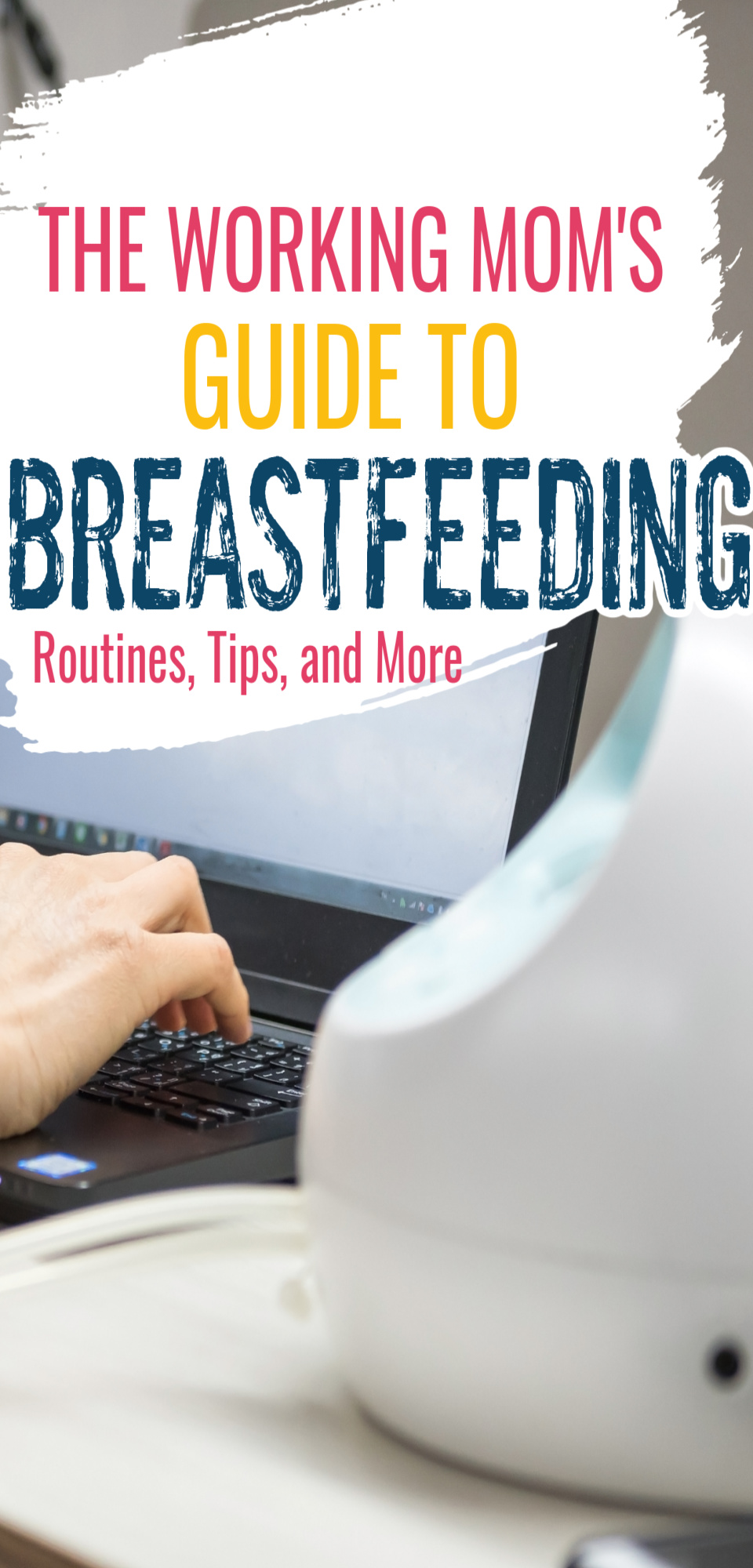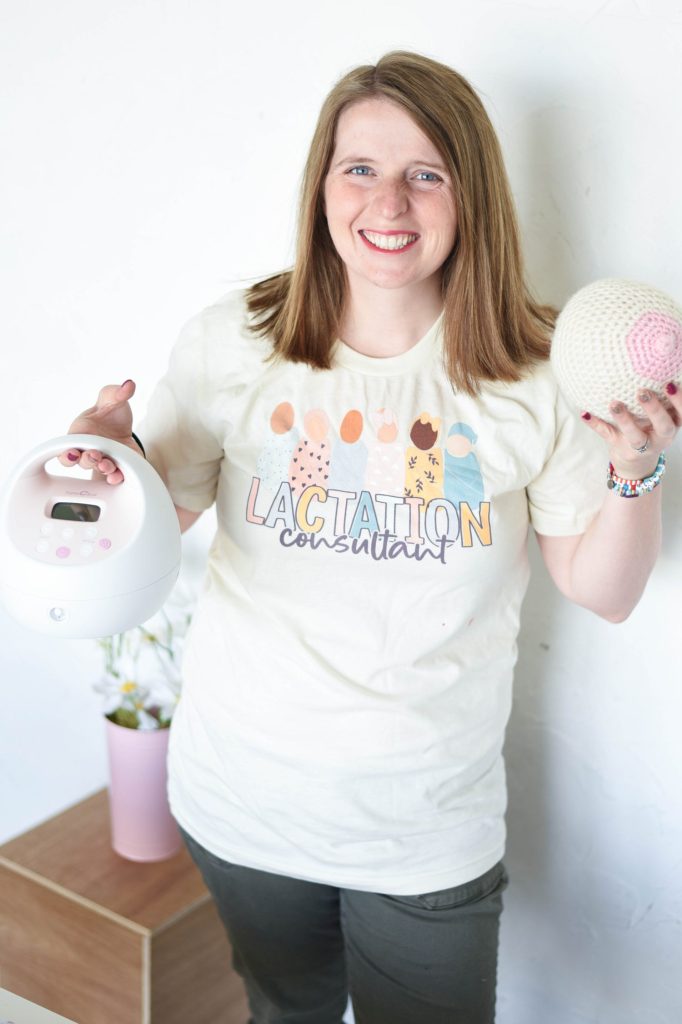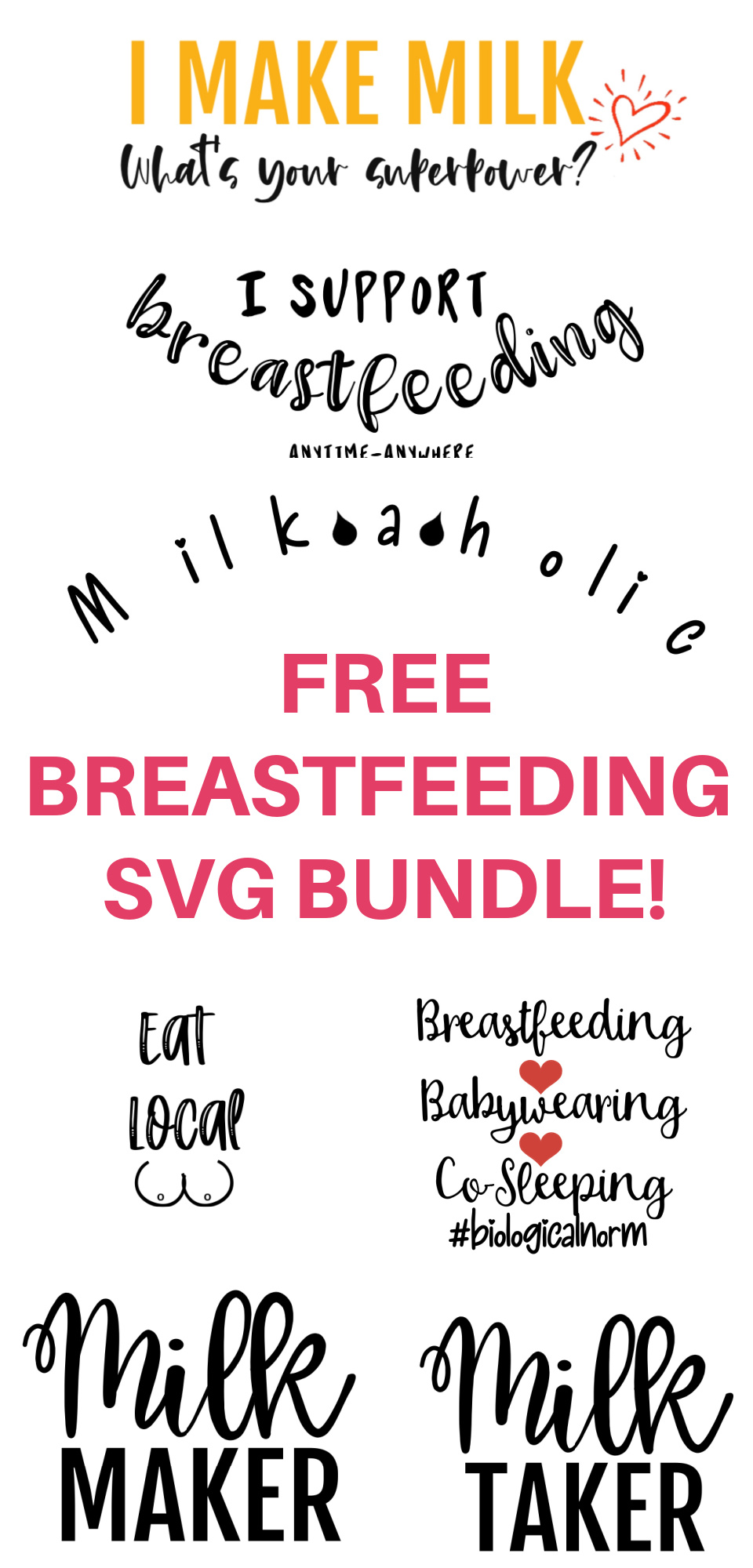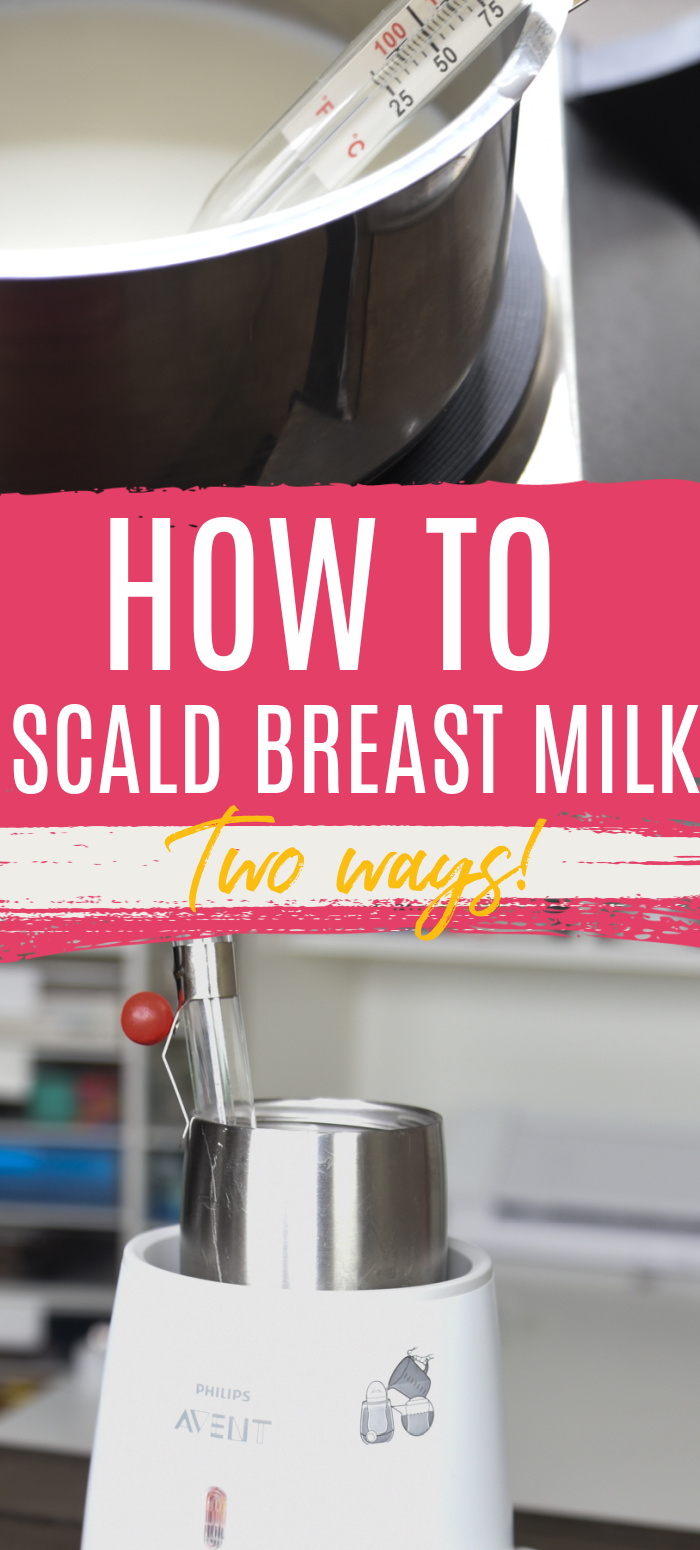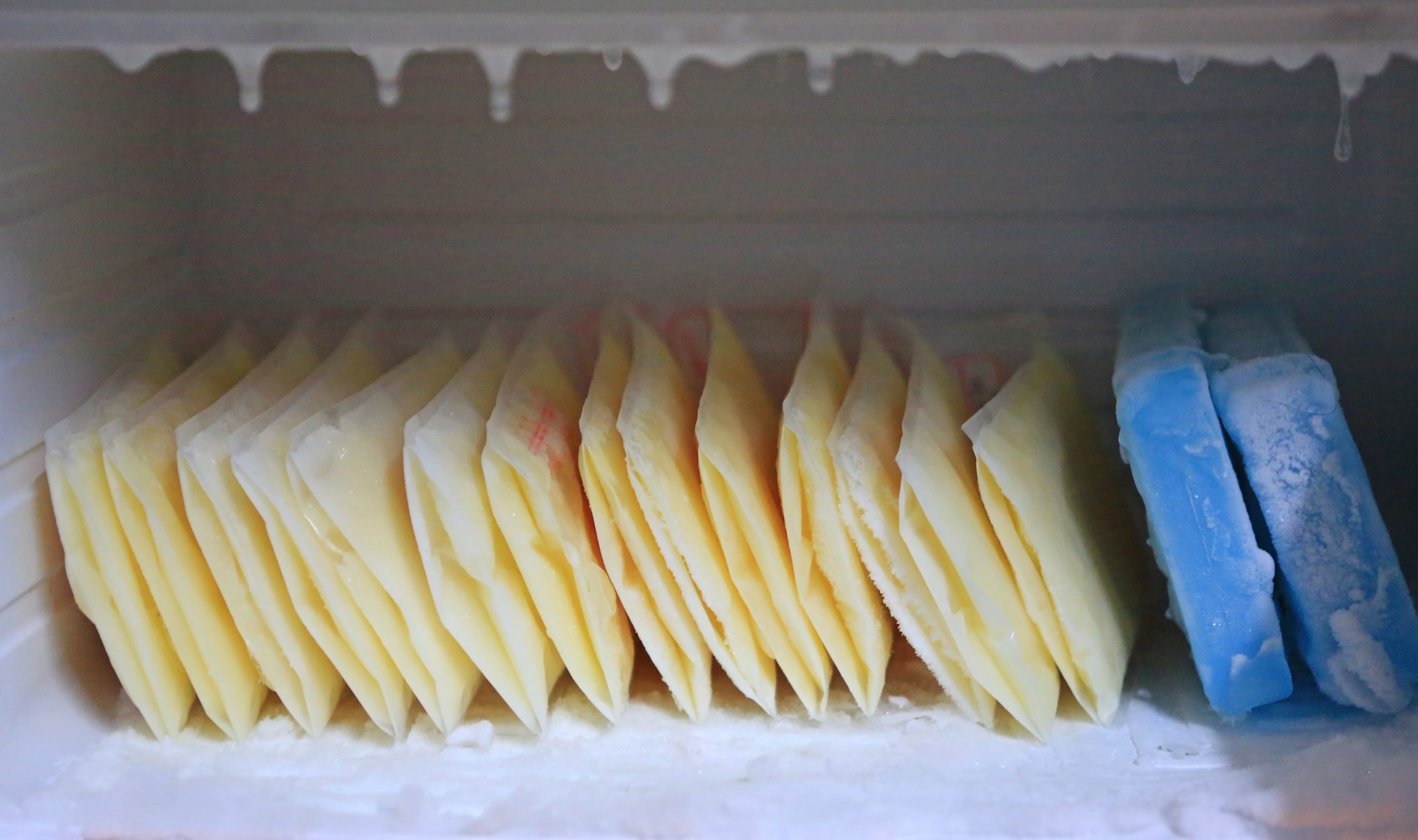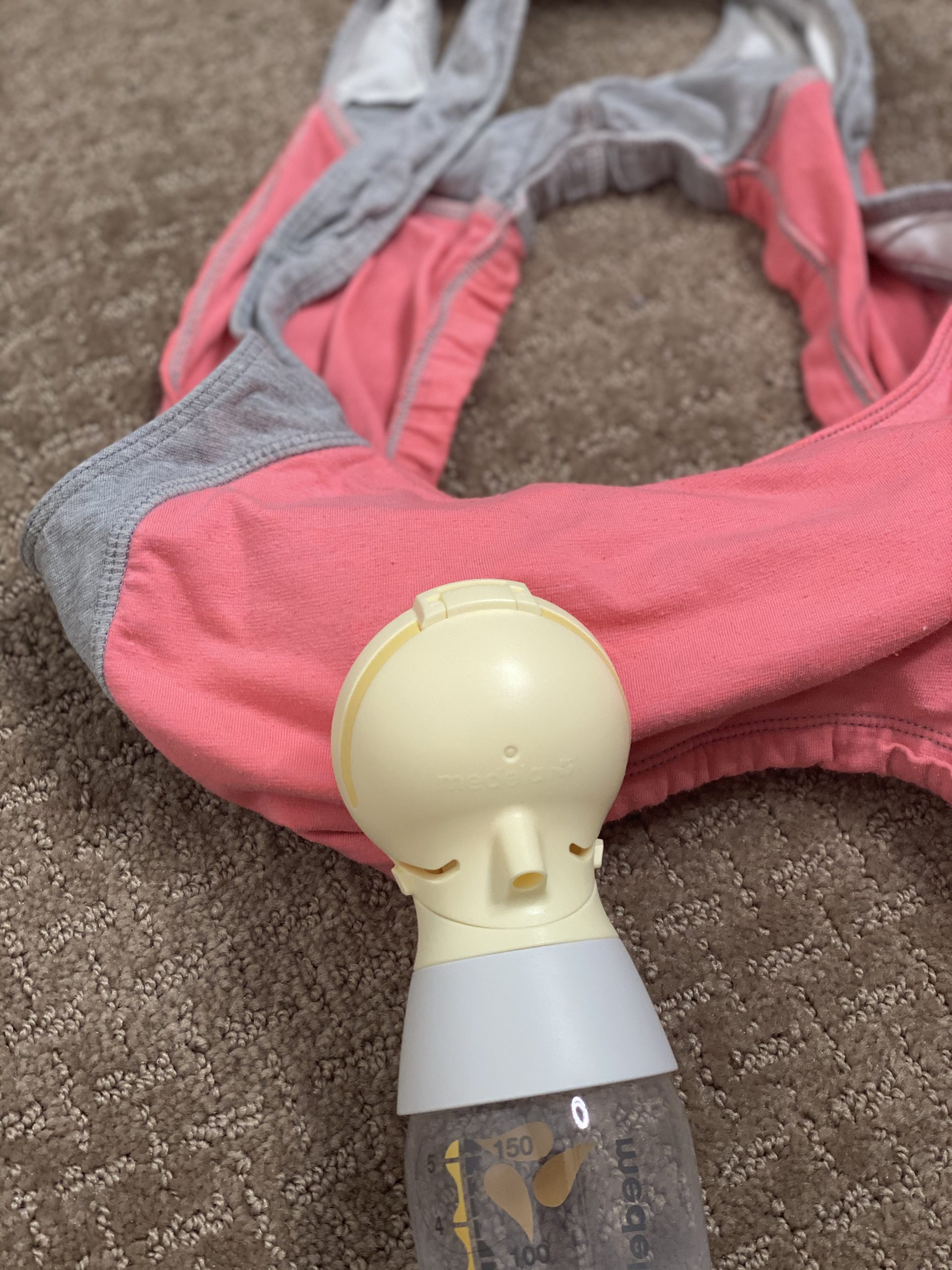It can be hard to be a breastfeeding working mom- but it doesn’t have to be impossible. Here are some practical tips and advice from a working mom on breastfeeding and going back to work.
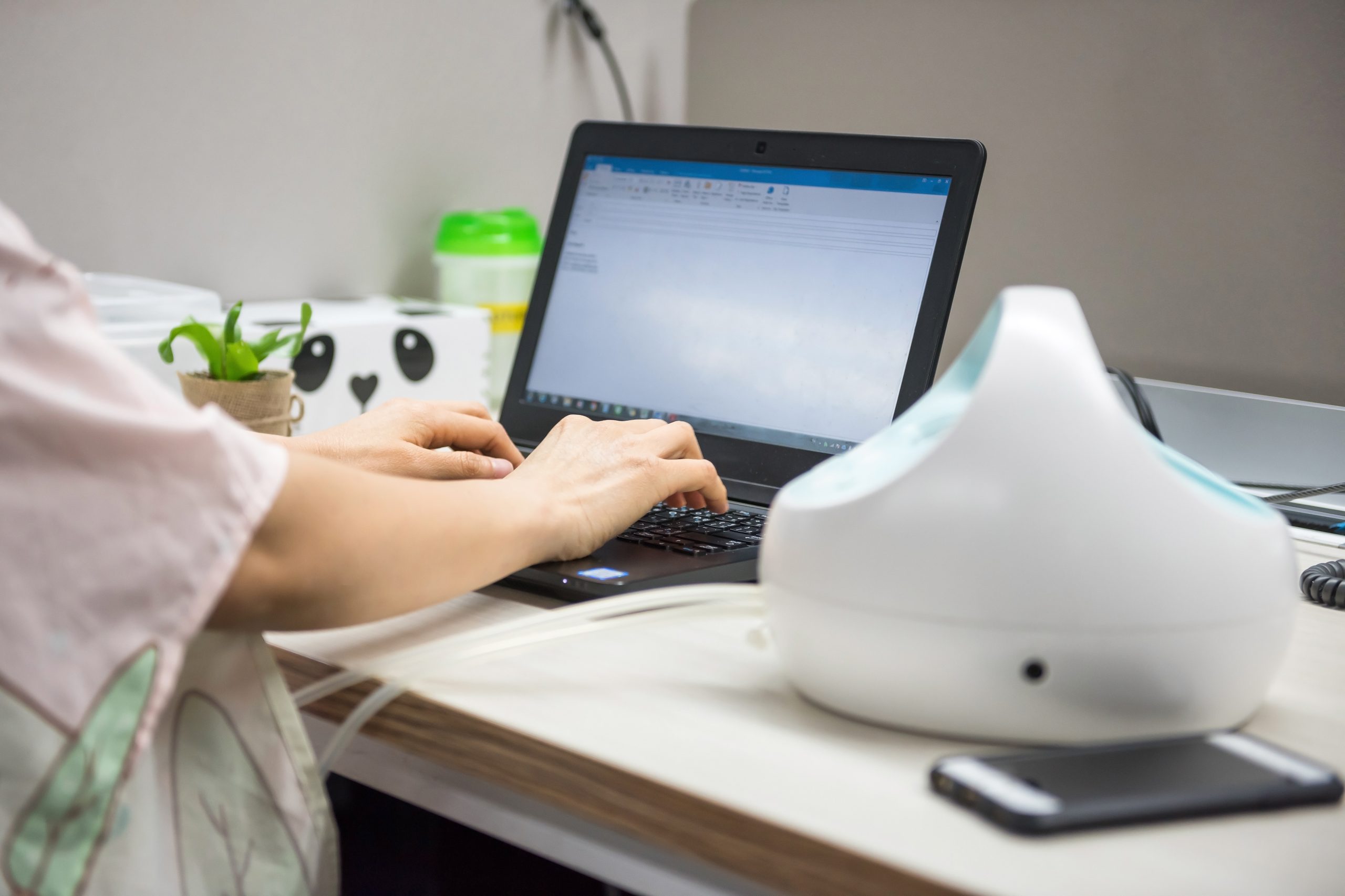
If you’re a working mom like me, thoughts about the transition back to work started going through my head shortly after my daughter was born:
- How is this going to work?
- Who is going to take care of my baby?
- Is she going to take a bottle ok?
- How does this breast pump even work?!
While I recognize every mom’s situation is different, here are some tips I have gathered from my experiences and experiences of other moms about how to continue the breastfeeding relationship when returning to work.
Preparing to Go Back to Work
When you return to work, you’re going to need a few things:
- Milk at home/daycare for your baby while you’re gone
- A caregiver who has already successfully fed your baby a bottle
- Time, place, and supplies to express milk at work
Before you even give birth, I would suggest finding a breastfeeding-friendly care provider and coming up with a plan that you feel comfortable with.
Making sure you have your pump ready to go, milk bags, pumping prays, and more are important as well before you get ready for that first day back.
It can also be something you need to emotionally prepare for. Many mothers have mixed feelings about going back to work – prepare yourself for feeling sad about leaving your baby, feeling excited about getting back into the workplace (and know that those feelings don’t make you a bad mom!), and everything in between.
As with everything, being prepared for what’s to come can make a world of difference.
How Much Expressed Milk Does My Baby Need While I’m at Work?
If you work an 8-hour shift with an hour lunch, and your commute is 30 minutes, you will be away from baby for 10 hours. Baby will need about 10-12.5 oz while you’re gone.
If you work for any other amount of time, then multiply the number of hours you’ll be away from the baby by 1- 1.25 to see how many ounces baby will need while you’re gone. Here is a great article that discusses why a baby should get 1-1.25 ounces per hour.
- For example, I am away for eight hours when I work. My daughter eats 8 -10 oz when I’m gone.
- She eats about every 2-2.5 hours when she is with me so I have my caregiver feed her 2.5-3 Ounces every 2- 2.5 hours.
Another way to do the math is taking 24 divided by how many times your baby eats in 24 hours.
Additional Reading: Best Breast Pumps Covered by Insurance (And How to Get it for FREE!)
Expressing Breast Milk for Storage
There are two main ways to express milk for storage: pumping and hand expressing.
You’ll want to avoid using a pump in addition to regular nursing sessions until the baby is 4-6 weeks old.
Of course, if you are going back to work at six weeks, you’ll need to start before that. Four weeks should give you enough time to get enough milk for that first day back.
So how do you get milk for that first day – especially when breastfeeding full-time? Good news! You have options!
First, I highly recommend learning to hand express. Hand expression in the early weeks can help you build milk for while you’re gone and also help your milk supply in the long run without risking oversupply! Hand expression is also a great way to relieve engorgement in those first few weeks. It is a much better option as compared to using a traditional pump.
Another great option during these first 6 weeks is a “collection pump“. They suction to the opposite breast during a nursing session and collect the letdown. While there is the possibility that they could risk an oversupply, they are generally pretty safe and effective to use. They are so much simpler to use than pumping as well!
So, make a plan, you could hand express after each nursing session during the day, or you could use a collection pump during your nursing session, or you could do both!
In the very early days, anything gathered from hand expression should be given to baby if they need it, (it won’t be much) but after a week or so you can begin collecting hand expressed milk for your return to work.
Remember that you only need enough for your first day back – and maybe a little extra for an emergency. Having a giant freezer stash before you go back isn’t the ideal.
Let’s say you have to return to work at six weeks postpartum and that you start collecting at two weeks postpartum. Let’s even plan to collect enough milk for two workdays, or 20-25 oz.
I am going to talk in mL for a little bit because we are going to be talking small amounts, keep in mind that 30mL = 1 oz approximately.
In order to save up for two days of milk (for while you’re at work) you’ll need to save 21-27mL / day from 2-6 weeks. If baby eats 8× day during the daytime (which is is the norm at this age) all you have to collect is 3-4mL per nursing session!
That really isn’t that much! And if you only were to try and collect for one day you will only need 1-2mL per nursing session.
The point is, it’s totally doable! You’ll probably be able to get more than this, which means you don’t have to collect after each nursing session. just remember- stick to collection and hand expression the first six weeks!
Storing Expressed Breast Milk for Work
I’m sure you’re wondering how the best way to store all of this expressed milk would be.
Well, it’s best to store in 1-4 oz quantities in the freezer. Breastmilk stays good for about four days in the fridge.. some say it can stay better longer but four days is the “ideal”.
I like to use the “cool and combine” method when it comes to small amounts of milk. Immediately after milk is expressed, refrigerate for a few hours, by the next nursing session you can combine what has been cooled into one container.
Once you have combined at least one ounce, you can store in a freezer bag (label with the earliest date that milk was expressed) and lay flat to freeze!
Once the baby is six weeks you can use your pump after nursing sessions. You’ll get the most if you pump about an hour after the first morning feed. If you’ve already returned to work, you can do this or the weekends to stock extra, and if you get to stay home longer than six weeks you can use this method to store for your first day back. Keep in mind its normal to only get 0.25-2 oz after a feed from both breasts.
Before you start storing breast milk, make sure to see if your milk has issues with high lipase!
Bottles and Breastfed Babies
Okay, we have to talk bottles!
How do you get a breastfed baby to take a bottle?
Katie’s post talks about a few different options for the best bottles for breastfed babies but most importantly than what bottle to use is consistency!
This is going to be a new skill for baby and it may take 10-20 tries for the baby to accept the bottle. If you keep trying new bottles each time it is very likely this will make the process longer. So, do your research, pick a bottle you’re comfortable with and STICK to it for several tries before switching bottles.
It’s important to wait until breastfeeding is well established to introduce a bottle. Usually, it’s best after six weeks. However if you must return to work at six weeks, you will want to try earlier.
Just make sure you are paced feeding your baby with a slow flow nipple. We talk all about this in The Complete Online Breastfeeding Class.
**There are special circumstances that require bottle introduction prior to this time, for example, my daughter would not latch in the hospital or for a few weeks (she was born three weeks early and did not have her sucking reflex yet). We decided to bottle feed (there are other methods that early but we weren’t educated on those methods at the time)**
Here are some tips for introducing a bottle:
- When you introduce the bottle do it when baby is a little hungry but not starving. About 15-30 minutes before baby would normally nurse is sufficient.
- Have someone other than mom feed the bottle, sometimes mom even needs to be completely out of the house for baby to accept a bottle
- Make sure the milk is warmed. We always put hot water in a mug and let the bottle sit in it for five minutes. Frozen milk will take longer of course.
- Try running the nipple of the bottle under warm water before feeding.
If baby doesn’t accept the bottle the first (or 10th) time, don’t get discouraged and keep trying.
More reading on this topic: The Ultimate Guide to Bottle Feeding Your Breastfed Baby
Pumping at Work
Ok, now for some tips about pumping at work:
How Often Should I Pump at Work?
Ideally, you will pump everytime baby eats, but this is not always possible depending on the type of work you do.
I am a dental hygienist and I could only really “schedule” one pumping session in my day. Because of this, what I would do is arrive at work a little early, pump before my shift, once in the middle and then as soon as my shift was over. This did allow me to get enough milk for my daughter while I was gone. My shifts were six hours though so I was pumping every three hours.
It is important to have a place to pump at work and it’s best to have it set aside before maternity leave. Talk to your employer. Bring a plan to them about how you’ll be able to fit pumping into your schedule. Another thing that helped me was setting alarms to pump. If I didn’t have an alarm set, sometimes I would forget.
More reading on this topic: Pumping at Work Laws
Work Pumping Supplies
- Pump & parts
- Burp cloth
- Snack
- Hands-free pumping bra
- Water
- Imalacs
Work Pumping Routine
My pumping routine:
- Set up the pump
- Massage breasts
- Put on bra/parts
- Turn on pump
- Continue massaging while pumping for 10 minutes (also look at pictures/videos of the baby while pumping)
- Remove pump, use burp cloth if needed.
For me, this usually took about 20 minutes.
Pumping at Work Tips
- Try not to stress about how much you pump. Everyone responds to the pump differently. It’s normal to pump
1-2 oz from each breast for a missed feeding. Look at total output versus per side – many women have a “slacker” side. - If you aren’t making enough for your baby, make sure he / she is being paced fed first, and if you still aren’t making enough it doesn’t mean you have to stop breastfeeding completely! In that case, continue pumping while away from baby and nursing when with the baby, give as much breast milk as possible and supplement with formula or donated milk as needed! You are a fantastic mom!
Author: Brittani White – a mom of two adorable children and a dental hygienist
Additional Breastfeeding Posts You May Enjoy:
- Donor Breastmilk 101: Everything You Need to Know
- Breastfeeding and Introducing Solids: Everything You Need to Know
- How to Wean from Breastfeeding: Everything You Need to Know
